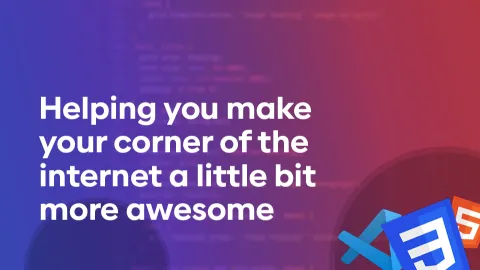Should I use the same HTML elements / sections for different breakpoints?
I guess the answer is that it depends, but still hope for some general guides on this. So, say I have a nav element which looks and works significantly different at Desktop and Mobile view (i.e. horizontal nav in Desktop and inside hamburger menu in mobile)
Do you use the very same nav element but re-stylize it in CSS using media queries, or you just have a different nav with different style and use queries to toggle visibility of these two? Thanks!
Do you use the very same nav element but re-stylize it in CSS using media queries, or you just have a different nav with different style and use queries to toggle visibility of these two? Thanks!
